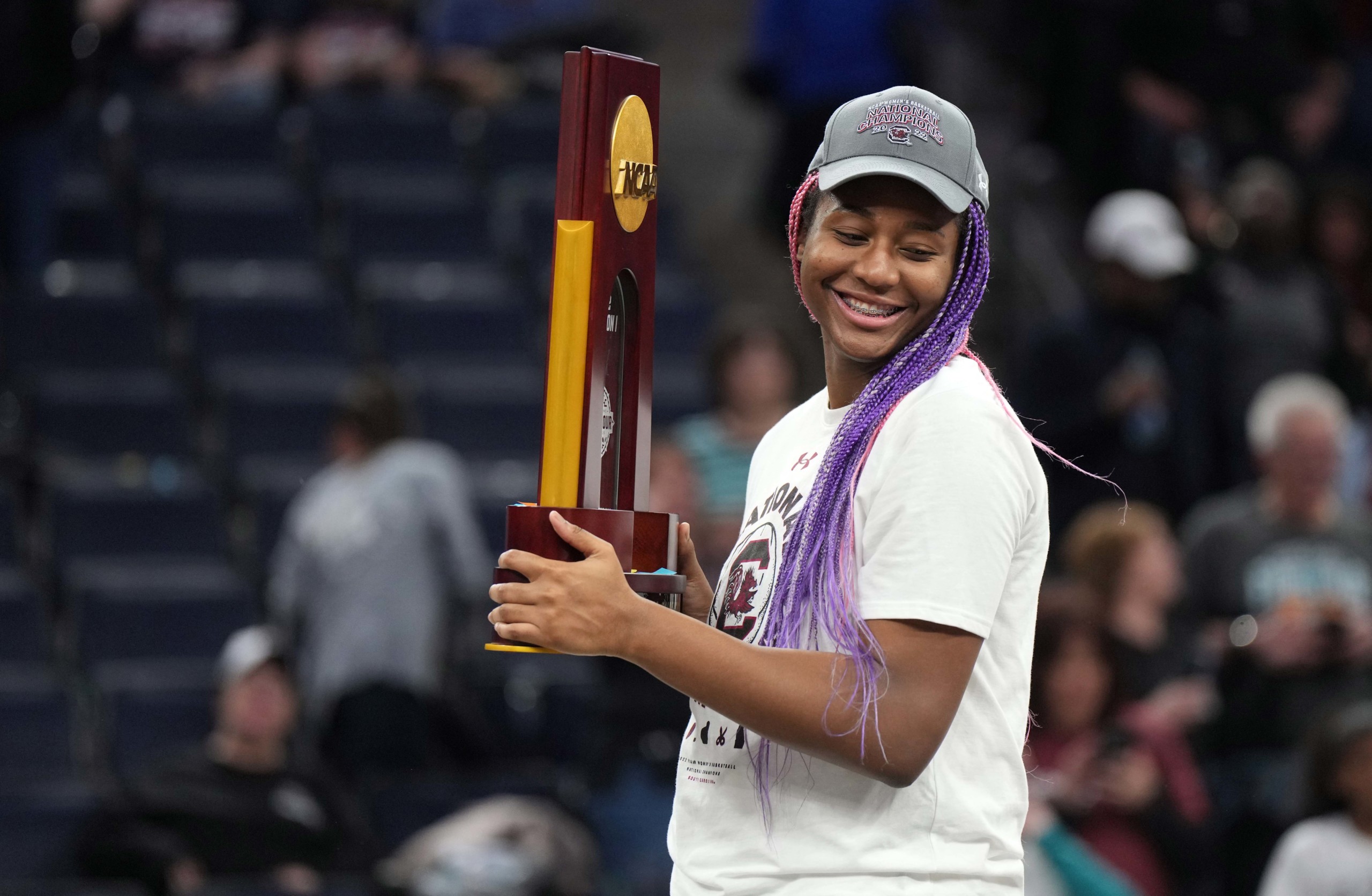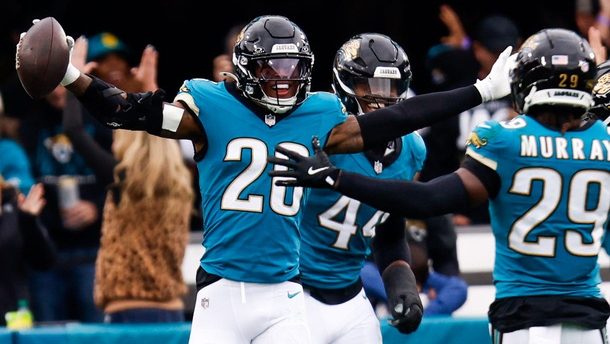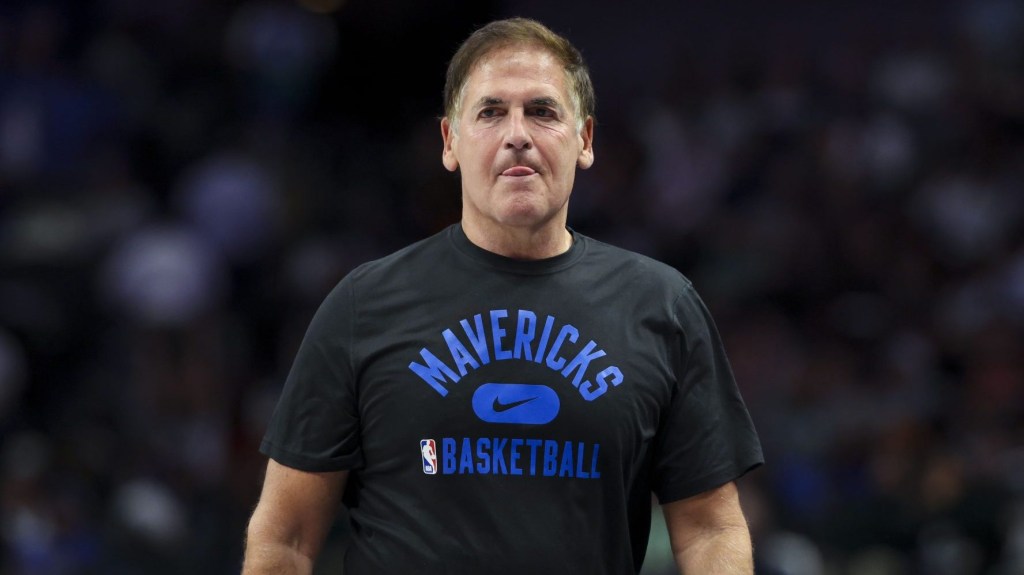A year ago today, college sports changed forever — from women’s basketball players being paid to appear on a Times Square billboard to football players signing as co-founders of an endorsement marketplace.
Since then, thousands of athletes have been able to benefit from the new name, image, and likeness era. And while there’s more work to do — from the complex legal landscape to gaps in education — the first year of NIL was, for a range of athletes, a major success.
The first year of the NIL era reached a total of $917 million, according to data from Opendorse. Next year will get even bigger — the market could reach $1.14 billion.
Everything’s Better in the Power 5
In Year 2, total Division I compensation could average $3,195 per athlete. But top earners will generally continue to come from the FBS conferences.
- Power 5 compensation could reach $607.4 million, data suggests — $16,074 per athlete.
- Group of Five compensation could reach $148.6 million, or $5,572 per athlete.
- Of the schools with the most robust NIL ecosystems, Opendorse found 35% of all compensation comes from donors — an unsurprising development given the rise of NIL collectives.
For top athletes who plan to go pro, NIL isn’t just a way to make money in college. “It’s an interesting way for brands to get involved early and build relationships the same way that agencies do,” WME’s head of NIL, Garrett Yaralian, told Front Office Sports.
Early Success in Women’s Sports
By now, it shouldn’t be a surprise that women’s sports athletes have thrived in the NIL landscape.
From UConn’s Paige Bueckers and South Carolina’s Aliyah Boston to UNT’s Sarah Fuller, UCLA’s Reilyn Turner, and Duke’s Emily Cole, top sports brands have lined up to sign with women’s sports athletes of all types.
- Women’s sports — basketball, volleyball, and softball — took three of the top five spots on Opendorse’s platforms and trailed only football and men’s basketball.
- If you take football out of the picture, women’s sports athletes completed 52.8% of total NIL activities — more than their male counterparts.
Women’s sports athletes, according to experts, are uniquely positioned to be top earners because they’re used to marketing themselves.
But in the second year of NIL, they’ll need help achieving their full potential. Structural inequities across NCAA sports have kept them from receiving the exposure and investment that they deserve. Rectifying those inequities will directly impact their pocketbooks.
Lower-Division Opportunities
NIL is not confined to the NCAA’s Division I. In the first year, athletes in D-II averaged $204 each, and those in D-III averaged $309 each (data through May 31).
Next year, the numbers are projected to increase.
- Division II will see $35.5 million in NIL compensation, an average of $338 per athlete.
- Division III will see $58.5 million, or $362 per athlete.
Athletes in these divisions have to be even more proactive and creative about pitching themselves to brands — but it’s not impossible.
Over the past year, Front Office Sports has spoken with three lower-division athletes — East Texas Baptist’s Caleb Eagans, Wesleyan’s Andrea Chiappetti, and Amherst’s Jack Betts — who have all found their place in the NIL landscape.
“I remember when legislation passed, I was super-excited,” Betts told Front Office Sports at the first inaugural NIL Summit. “But then the reality set in — I’m Division III.” Betts started “cold-emailing” brands pitching himself — and got more than 30 deals.
July 1 marks the one-year anniversary of the NIL era. For more, check out the rest of Front Office Sports’ “One Year of NIL” series:

















